
The hike to Paradise Meadow in Lassen Volcanic National Park is a great summer wildflower hike. You get an interesting variety of flowers as you start with a relatively dry forest trail, then climb along a creek, and end up at a broad, grassy meadow. Each portion has its own selection of wildflowers.
The Hike
The hike starts at the Hat Lake parking lot on highway 89 in the northern part of Lassen Volcanic National Park. The trail starts at 6432 feet and climbs to Paradise Meadow at 7049 feet, and is roughly a 3 mile round trip.
You start off with a fairly level sandy path. This area is drier, and you’ll find Slender penstemon and several species of lupine along the way, with a scattering of other wildflowers.
Not long after you start, the trail starts to climb more rapidly. The trail is narrower but not difficult. Keep your eyes open along the way for Naked Mariposa Lily, lots of Scarlet Gilia, Cobwebby Paintbrush, Spotted Coralroot (more likely in June than July), and many others.
In the higher portions of the trail you are close to Hat Creek, although for the most part the creek is down the hill and not easily accessible. About 1.25 miles in you will see a waterfall, which you can access with a bit of scrambling.
Not long after the waterfall, the trail levels out and you get close to the creek. You’ll see a sign that marks a junction. You can go west towards Terrace Lake, or south (straight ahead) towards Paradise Meadow. I recommend heading towards the meadow, BUT first go a short way on the side trail. It takes you to the creek, and this is a great place to look for Monkshood and Sierra Bog Orchids.
Shortly after this junction you will come to Paradise Meadow. It is a very large meadow with a meandering stream. When we visited in July the meadow was not too muddy, and at midday there weren’t a lot of mosquitoes. You’ll find a very different collection of wildflowers in the meadow than you came across on the hike in.
Here’s the track that we followed:
Paradise Meadow
Profile
Move your mouse along the elevation graph to show the location on the map. The Refresh icon will re-center the map. The Expand icon will expand to full screen.
Directions
Mount Lassen Volcanic National Park is located east of Redding and Red Bluff in Northern California. This hike starts at the Hat Lake parking lot on highway 89 in the northwest part of the park. It’s 9 miles from the northwest entrance, and 19 miles from the southwest entrance. This is a small parking lot, but this trail isn’t used as much as others in the park so parking isn’t usually a problem. There is a restroom at the parking lot.
Timing is Everything
This visit was in early July of a somewhat dry year, and there were wildflowers at every stage of the hike. The lower end had flowers you would expect to see nearer the end of the season, the upper end (the meadow) was green and just getting started, so I think that there is quite a long season for good wildflowers here.
The Flowers
Here’s a sample of a few of my favorites from this hike.
There were at least three different species of Lupine on this hike, possibly more. Lupines can be a challenge to identify correctly. You could find one or another kind at just about every stage of the hike.

The star of this hike, for me, was Scarlet gilia. Masses of them along the way on the lower end as well as the hillsides near the waterfall.

At the trail junction just before the meadow there is a bridge that crosses the creek. That bridge takes you off on a longer hike, away from the meadow, but I recommend taking a very short side trip to the bridge. There were quite a few different flowers there at the stream, including Sierra bog orchids and Monkshood. It was fun to find both the blue form and white form of the Monkshood here.


For the best viewing experience, click on the lightbox image below, and you can scroll through larger versions of the photos of many of the plants (and other things) that we found on this hike. All photos are available for purchase in a variety of formats.
Paradise Meadow Wildflower Listing
Here’s a listing of the native plants that we found on this visit. The ones listed in color are endemic to California (that is, found only in California). One of the joys of hiking in places that are far out in the woods, away from cities, are that there are very few non-native plants!
- Alpine shooting star (Primula tetrandra)
- American speedwell (Veronica americana)
- Brook saxifrage (Micranthes odontoloma)
- Burke’s lupine (Lupinus polyphyllus var. burkei)
- California corn lily (Veratrum californicum var. californicum)
- Changeable phacelia (Phacelia mutabilis)
- Cobwebby paintbrush (Castilleja arachnoidea)
- Columbian monkshood (Aconitum columbianum ssp. columbianum)
- Common yarrow (Achillea millefolium)
- Coyote mint (Monardella odoratissima)
- Crimson columbine (Aquilegia formosa)
- Hairy arnica (Arnica mollis)
- Jacob’s ladder (Polemonium californicum)
- Longstalk starwort (Stellaria longipes)
- Meadow larkspur (Delphinium nuttallianum)
- Musk monkeyflower (Erythranthe inodora)
- Naked mariposa lily (Calochortus nudus)
- Narrow flowered lupine (Lupinus angustiflorus)
- Orange agoseris (Agoseris aurantiaca var. aurantiaca)
- Primrose monkeyflower (Erythranthe primuloides)
- Productive clover (Trifolium productum)
- Pussy paws (Calyptridium umbellatum)
- Rosy pussytoes (Antennaria rosea)
- Rydberg’s penstemon (Penstemon rydbergii var. oreocharis)
- Satin lupine (Lupinus obtusilobus)
- Sierra bog orchid (Platanthera dilatata var. leucostachys)
- Scarlet gilia (Ipomopsis aggregata)
- Scarlet paintbrush (Castilleja miniata)
- Seep monkey flower (Erythranthe guttata)
- Slender penstemon (Penstemon gracilentus)
- Smooth willowherb (Epilobium glaberrimum ssp. glaberrimum)
- Spotted coralroot (Corallorhiza maculata)
- Sticky cinquefoil (Drymocallis glandulosa)
- Tinker’s penny (Hypericum anagalloides)
- Tundra aster (Oreostemma alpigenum var. andersonii )
- Western mountain aster (Symphyotrichum spathulatum)
- White flowered willowherb (Epilobium lactiflorum)
- White hawkweed (Hieracium albiflorum)



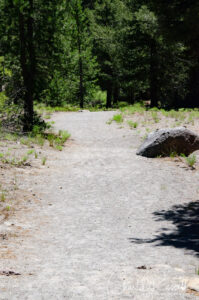











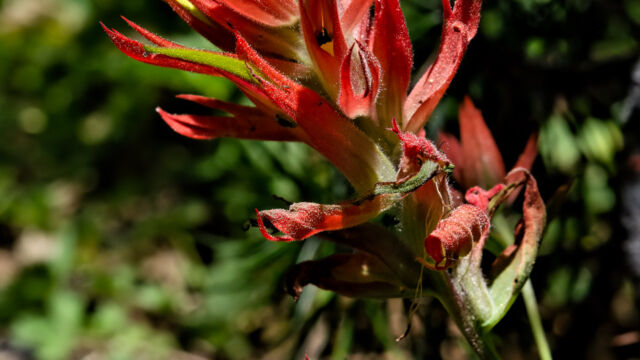









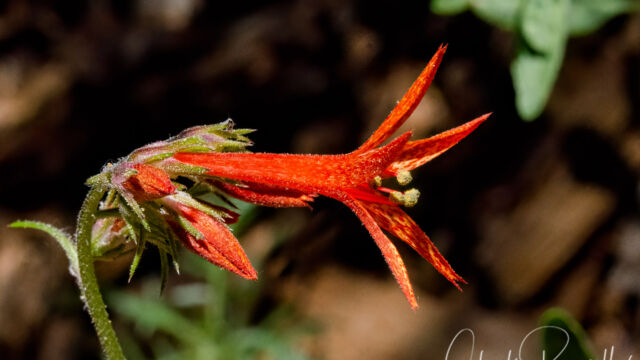




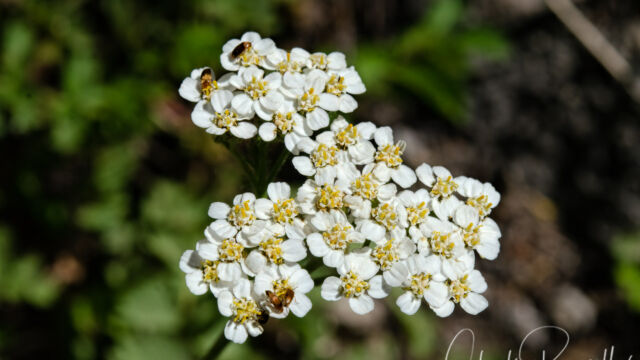

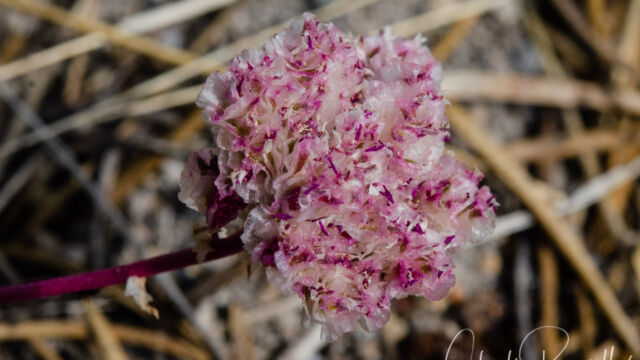




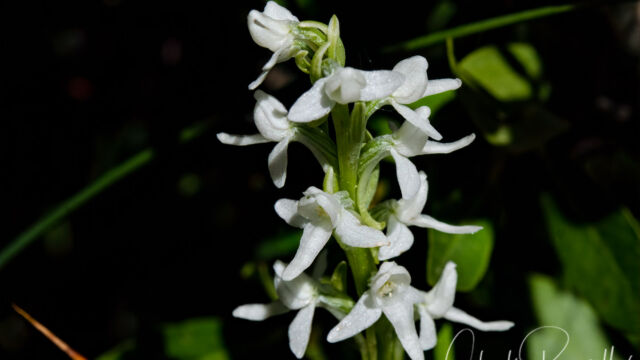









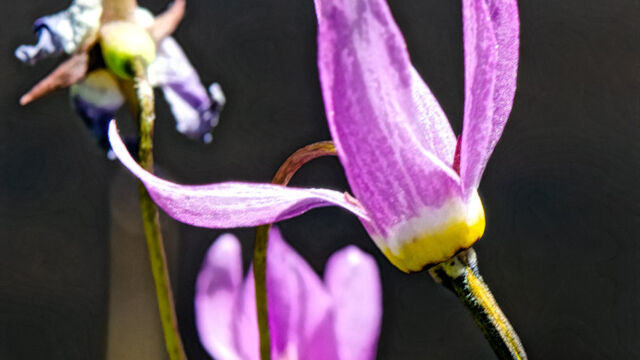
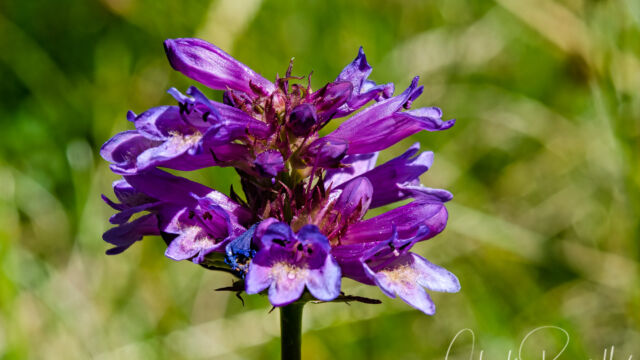
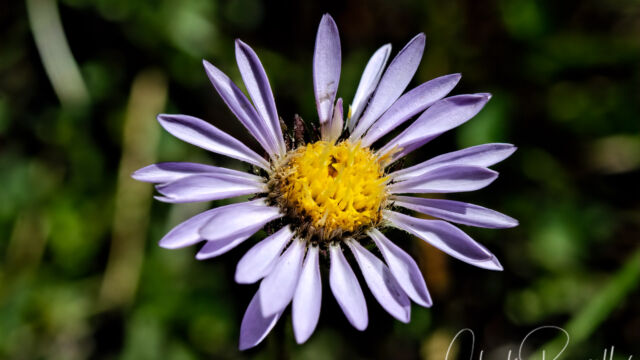








Add comment